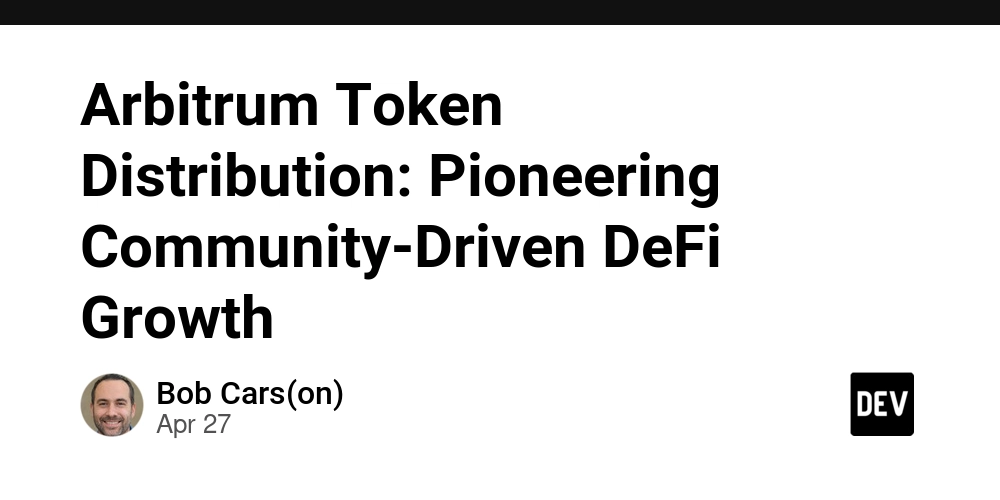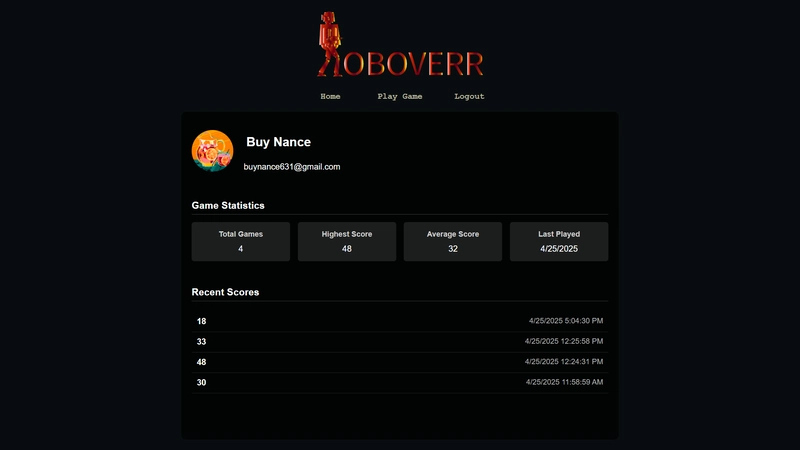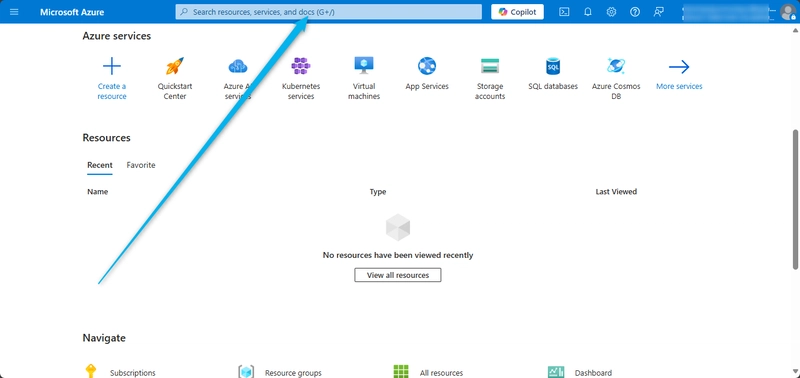Pydantic in Action: Integrating with FastAPI and SQLAlchemy
In the previous post, we mastered custom validators, field aliases, and model configuration to tailor Pydantic’s behavior for complex data. Now, let’s put Pydantic to work in real-world applications by integrating it with FastAPI and SQLAlchemy. Pydantic’s type safety and validation make it a natural fit for FastAPI, a high-performance web framework, and it bridges the gap between API payloads and database models with SQLAlchemy. However, syncing API models with database schemas can be tricky. This post explores how to use Pydantic for API request/response handling, integrate it with SQLAlchemy for database operations, and manage data flows effectively. We’ll build a simple blog API to demonstrate these concepts, covering request validation, response shaping, and ORM integration. Let’s get started! Using Pydantic Models for FastAPI Request and Response FastAPI leverages Pydantic to define and validate request and response models, automatically generating OpenAPI documentation and handling serialization. Let’s define models for a blog post and use them in a FastAPI route. from fastapi import FastAPI from pydantic import BaseModel from datetime import datetime app = FastAPI() class BlogCreate(BaseModel): title: str content: str class BlogResponse(BaseModel): id: int title: str content: str created_at: datetime @app.post("/blogs/", response_model=BlogResponse) async def create_blog(blog: BlogCreate): # Simulate saving to DB and returning a response return {"id": 1, "title": blog.title, "content": blog.content, "created_at": datetime.now()} Here, BlogCreate validates the incoming request body, ensuring title and content are strings. FastAPI uses BlogResponse to shape the response, serializing the output to JSON. If the request data is invalid (e.g., missing title), FastAPI returns a 422 error with detailed validation messages. Request Body vs Query Parameters FastAPI, with Pydantic, supports various input types: request bodies, query parameters, and path parameters. Pydantic ensures these inputs are validated against type hints. Here’s an example with a query parameter for filtering blogs and a path parameter for retrieving a specific blog: from fastapi import Query, Path @app.get("/blogs/", response_model=list[BlogResponse]) async def get_blogs(category: str | None = Query(default=None)): # Simulate fetching blogs by category return [ {"id": 1, "title": "First Post", "content": "Content", "created_at": datetime.now()} ] @app.get("/blogs/{blog_id}", response_model=BlogResponse) async def get_blog(blog_id: int = Path(ge=1)): # Simulate fetching a blog by ID return {"id": blog_id, "title": "Sample Post", "content": "Content", "created_at": datetime.now()} The Query and Path helpers allow you to specify constraints (e.g., ge=1 ensures blog_id is positive). Pydantic validates these inputs seamlessly, and defaults (like category: str | None) handle optional parameters. Controlling API Output with Response Models FastAPI’s response_model parameter lets you control what fields are returned, using Pydantic’s serialization features to include or exclude fields. This is critical for hiding sensitive data or reducing payload size. class User(BaseModel): username: str email: str password: str # Sensitive field class UserResponse(BaseModel): username: str email: str @app.post("/users/", response_model=UserResponse, response_model_exclude_unset=True) async def create_user(user: User): # Simulate saving user, exclude password from response return user Here, UserResponse omits the password field, and response_model_exclude_unset=True ensures only explicitly set fields are included. You can also use response_model_include={"field1", "field2"} to select specific fields dynamically. Integrating with SQLAlchemy SQLAlchemy defines database models, while Pydantic handles API models. To bridge them, Pydantic supports ORM mode (via orm_mode=True in V1 or from_attributes=True in V2) to map database objects to Pydantic models. Here’s an example with a SQLAlchemy Blog model and a corresponding Pydantic model: from sqlalchemy import Column, Integer, String, DateTime from sqlalchemy.ext.declarative import declarative_base from pydantic import BaseModel, ConfigDict from datetime import datetime Base = declarative_base() class BlogDB(Base): __tablename__ = "blogs" id = Column(Integer, primary_key=True) title = Column(String) content = Column(String) created_at = Column(DateTime, default=datetime.now) class BlogResponse(BaseModel): id: int title: str content: str created_at: datetime model_config = ConfigDict(from_attributes=True) With from_attributes=True, you can convert a SQLAlchemy object to a Pydantic model: # Simulate fetching a blog from the database db_blog = BlogDB(id=1, title="ORM Post", content="Content",
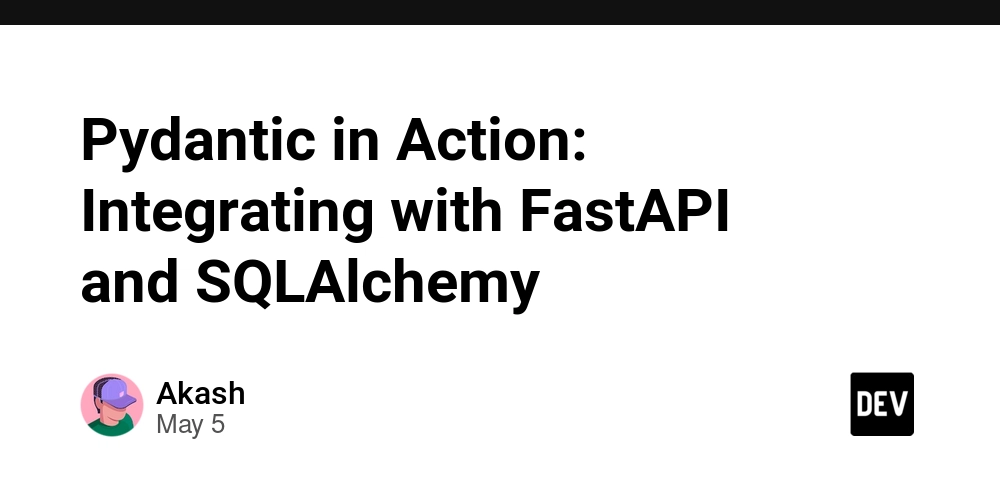
In the previous post, we mastered custom validators, field aliases, and model configuration to tailor Pydantic’s behavior for complex data. Now, let’s put Pydantic to work in real-world applications by integrating it with FastAPI and SQLAlchemy. Pydantic’s type safety and validation make it a natural fit for FastAPI, a high-performance web framework, and it bridges the gap between API payloads and database models with SQLAlchemy. However, syncing API models with database schemas can be tricky. This post explores how to use Pydantic for API request/response handling, integrate it with SQLAlchemy for database operations, and manage data flows effectively.
We’ll build a simple blog API to demonstrate these concepts, covering request validation, response shaping, and ORM integration. Let’s get started!
Using Pydantic Models for FastAPI Request and Response
FastAPI leverages Pydantic to define and validate request and response models, automatically generating OpenAPI documentation and handling serialization. Let’s define models for a blog post and use them in a FastAPI route.
from fastapi import FastAPI
from pydantic import BaseModel
from datetime import datetime
app = FastAPI()
class BlogCreate(BaseModel):
title: str
content: str
class BlogResponse(BaseModel):
id: int
title: str
content: str
created_at: datetime
@app.post("/blogs/", response_model=BlogResponse)
async def create_blog(blog: BlogCreate):
# Simulate saving to DB and returning a response
return {"id": 1, "title": blog.title, "content": blog.content, "created_at": datetime.now()}
Here, BlogCreate validates the incoming request body, ensuring title and content are strings. FastAPI uses BlogResponse to shape the response, serializing the output to JSON. If the request data is invalid (e.g., missing title), FastAPI returns a 422 error with detailed validation messages.
Request Body vs Query Parameters
FastAPI, with Pydantic, supports various input types: request bodies, query parameters, and path parameters. Pydantic ensures these inputs are validated against type hints.
Here’s an example with a query parameter for filtering blogs and a path parameter for retrieving a specific blog:
from fastapi import Query, Path
@app.get("/blogs/", response_model=list[BlogResponse])
async def get_blogs(category: str | None = Query(default=None)):
# Simulate fetching blogs by category
return [
{"id": 1, "title": "First Post", "content": "Content", "created_at": datetime.now()}
]
@app.get("/blogs/{blog_id}", response_model=BlogResponse)
async def get_blog(blog_id: int = Path(ge=1)):
# Simulate fetching a blog by ID
return {"id": blog_id, "title": "Sample Post", "content": "Content", "created_at": datetime.now()}
The Query and Path helpers allow you to specify constraints (e.g., ge=1 ensures blog_id is positive). Pydantic validates these inputs seamlessly, and defaults (like category: str | None) handle optional parameters.
Controlling API Output with Response Models
FastAPI’s response_model parameter lets you control what fields are returned, using Pydantic’s serialization features to include or exclude fields. This is critical for hiding sensitive data or reducing payload size.
class User(BaseModel):
username: str
email: str
password: str # Sensitive field
class UserResponse(BaseModel):
username: str
email: str
@app.post("/users/", response_model=UserResponse, response_model_exclude_unset=True)
async def create_user(user: User):
# Simulate saving user, exclude password from response
return user
Here, UserResponse omits the password field, and response_model_exclude_unset=True ensures only explicitly set fields are included. You can also use response_model_include={"field1", "field2"} to select specific fields dynamically.
Integrating with SQLAlchemy
SQLAlchemy defines database models, while Pydantic handles API models. To bridge them, Pydantic supports ORM mode (via orm_mode=True in V1 or from_attributes=True in V2) to map database objects to Pydantic models.
Here’s an example with a SQLAlchemy Blog model and a corresponding Pydantic model:
from sqlalchemy import Column, Integer, String, DateTime
from sqlalchemy.ext.declarative import declarative_base
from pydantic import BaseModel, ConfigDict
from datetime import datetime
Base = declarative_base()
class BlogDB(Base):
__tablename__ = "blogs"
id = Column(Integer, primary_key=True)
title = Column(String)
content = Column(String)
created_at = Column(DateTime, default=datetime.now)
class BlogResponse(BaseModel):
id: int
title: str
content: str
created_at: datetime
model_config = ConfigDict(from_attributes=True)
With from_attributes=True, you can convert a SQLAlchemy object to a Pydantic model:
# Simulate fetching a blog from the database
db_blog = BlogDB(id=1, title="ORM Post", content="Content", created_at=datetime.now())
pydantic_blog = BlogResponse.from_orm(db_blog) # V1: orm_mode=True
print(pydantic_blog.dict()) # {'id': 1, 'title': 'ORM Post', ...}
This ensures type-safe API responses while keeping database logic separate.
Handling Data Flow: Create, Read, Update Models
To maintain clarity, define separate Pydantic models for create, read, and update operations. This avoids exposing auto-generated fields (like id or created_at) in input models.
class BlogBase(BaseModel):
title: str
content: str
class BlogCreate(BlogBase):
pass # No additional fields needed
class BlogUpdate(BlogBase):
title: str | None = None # Allow partial updates
content: str | None = None
class BlogResponse(BlogBase):
id: int
created_at: datetime
model_config = ConfigDict(from_attributes=True)
@app.post("/blogs/", response_model=BlogResponse)
async def create_blog(blog: BlogCreate):
# Simulate saving to DB
return {"id": 1, "title": blog.title, "content": blog.content, "created_at": datetime.now()}
@app.patch("/blogs/{blog_id}", response_model=BlogResponse)
async def update_blog(blog_id: int, blog: BlogUpdate):
# Simulate updating DB
return {"id": blog_id, "title": blog.title or "Unchanged", "content": blog.content or "Unchanged", "created_at": datetime.now()}
Using a shared BlogBase class ensures consistency, while BlogUpdate allows partial updates by making fields optional.
Error Handling and Validation in APIs
Pydantic’s validation errors are automatically converted to FastAPI’s HTTP 422 responses with detailed messages. You can customize error handling using HTTPException:
from fastapi import HTTPException
@app.post("/blogs/custom/")
async def create_blog(blog: BlogCreate):
if len(blog.title) < 5:
raise HTTPException(status_code=400, detail="Title must be at least 5 characters")
return {"id": 1, "title": blog.title, "content": blog.content, "created_at": datetime.now()}
FastAPI formats Pydantic errors consistently, but custom exceptions let you enforce business rules with specific status codes and messages.
Recap and Takeaways
Pydantic’s integration with FastAPI and SQLAlchemy streamlines web development:
- FastAPI uses Pydantic for request validation and response serialization, with automatic OpenAPI docs.
- Separate Pydantic models for create, read, and update operations keep APIs clean.
- SQLAlchemy integration via
from_attributes=Truebridges database and API layers. - Custom error handling enhances user-facing APIs.
These patterns ensure type safety, maintainability, and scalability in production systems.






































































































































































![[The AI Show Episode 145]: OpenAI Releases o3 and o4-mini, AI Is Causing “Quiet Layoffs,” Executive Order on Youth AI Education & GPT-4o’s Controversial Update](https://www.marketingaiinstitute.com/hubfs/ep%20145%20cover.png)









































































































































































































































































_Inge_Johnsson-Alamy.jpg?width=1280&auto=webp&quality=80&disable=upscale#)






















































































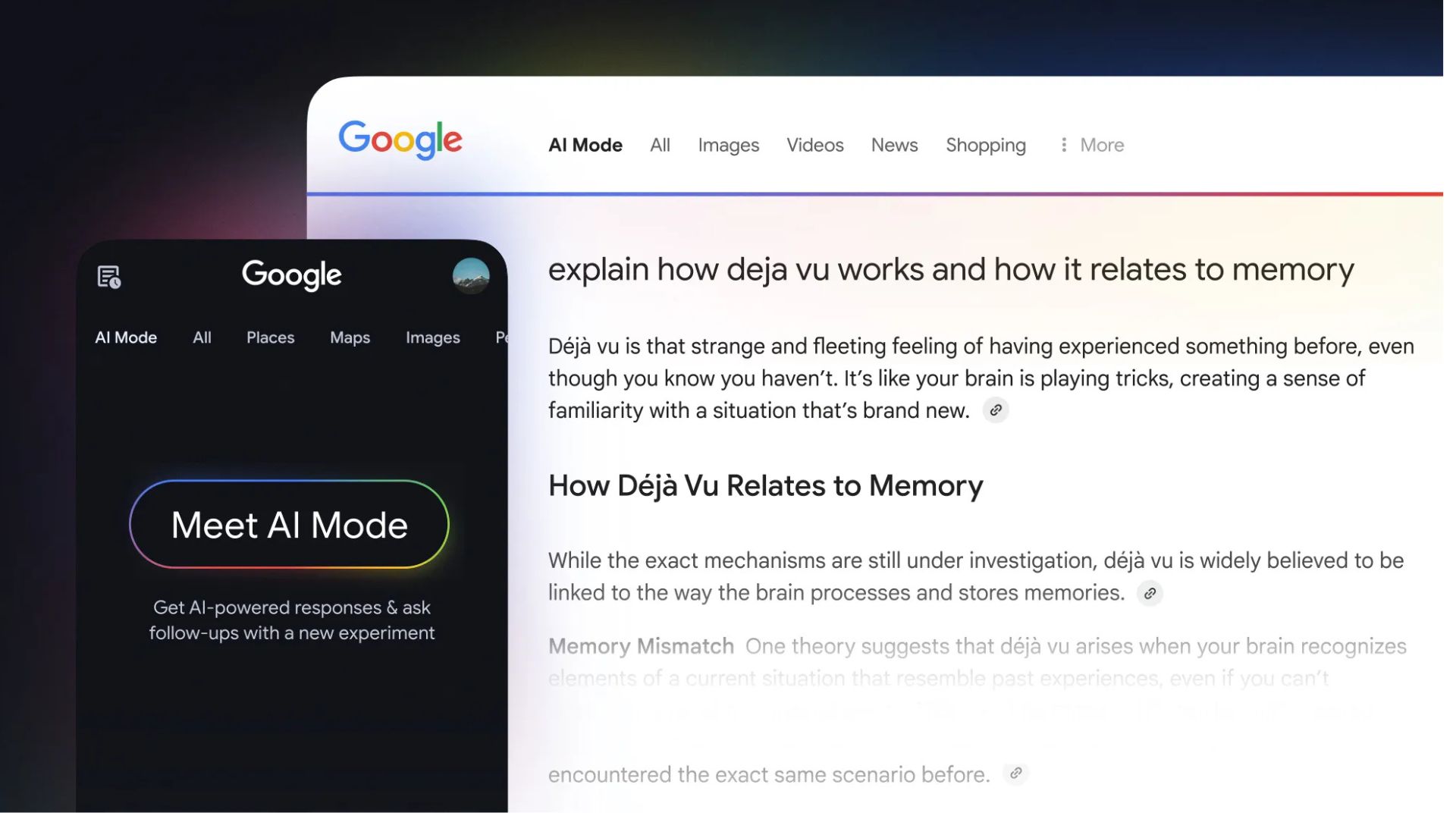
























![Under-Display Face ID Coming to iPhone 18 Pro and Pro Max [Rumor]](https://www.iclarified.com/images/news/97215/97215/97215-640.jpg)
![New Powerbeats Pro 2 Wireless Earbuds On Sale for $199.95 [Lowest Price Ever]](https://www.iclarified.com/images/news/97217/97217/97217-640.jpg)
![Alleged iPhone 17-19 Roadmap Leaked: Foldables and Spring Launches Ahead [Kuo]](https://www.iclarified.com/images/news/97214/97214/97214-640.jpg)



































































































